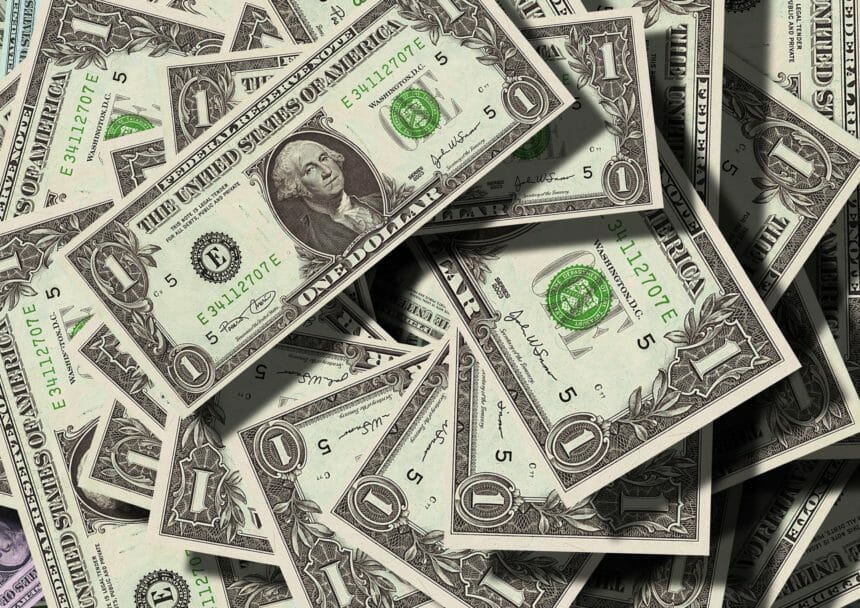The New York Times recently published what it doubtlessly considers a damning indictment of big box pharmacies. The article provides tales of unfortunates who received the wrong prescription, often with devastating consequences.
A man prescribed eye drops gets ear drops instead, which then damage his vision. A grandmother receives a chemotherapy drug instead of her antidepressant and dies soon after. A woman gets the wrong dose of an asthma drug and ends up in the ER. The “culprits” are not the pharmacists, but the chain drugstores who overwork their understaffed employees, forcing them to fill prescriptions at breakneck paces.
However, if you poke around the internet, you’ll soon discover that drug dispensing errors are hardly a new phenomenon. There are so many ways for error to creep in. Patient mix-ups, bad handwriting, confusing drug names. All pharmacies are aware of the potential for errors and are constantly devising procedures to minimize them — and actually with much success.
A 2009 article in the British Journal of Clinical Pharmacology reviewed global studies investigating medication errors. In several instances, new (at the time) technologies such as bar coding and carousel filling had reduced error rates 10-fold or more, from a fraction of a percent to around two in 10,000. Sure, even one error is too many, but it’s still a far cry from “chaos.”
What the Times article doesn’t get is there’s a much larger health problem than medication errors: prescription nonadherence. A 2018 review estimated that nonadherence to drug therapy yearly adds $100 billion to $300 billion to U.S. healthcare costs and leads to about 125,000 deaths. Anyone who takes a medication for a chronic disease knows how persistent pharmacies and insurers are in promoting adherence to drug therapy.
Yet amazingly, pharmacy support of refills is one of the Times’ major complaints. Instead of praising chains such as CVS or Rite-Aid for policies that encourage patients to obtain 90-day drug supplies, they chastise them for being greedy. It’s even suggested that by enabling patients to receive 90-day drug refills, chains makes it easier for mental health patients to stockpile their drugs and commit suicide. Even though the author acknowledges that CVS allows doctors to place limits on refills, it’s still infuriating to encounter unsupported allegations that chain pharmacies are overlooking safety concerns to focus on their own bottom line.
I’d argue that mail order drug delivery was a major improvement to our healthcare delivery system and the refinements added since then have continued to make a good thing better. Mail order doesn’t replace the pharmacist and the benefit of patient counseling; but it does make accessing and taking drugs a lot easier.
But let’s look at this “greed” issue more closely. Pharmacies, whether they’re family-owned or a publicly traded chain, need to make a profit. This can be accomplished in two ways — reducing overhead and expenses or maximizing revenue. Unfortunately, we all know the uproar that results whenever prices are increased, even if in order to avoid selling at a loss.
Pharmacies, like the rest of us in the healthcare industry, are being squeezed by our national obsession on prescription drug prices. If critics rail at even modest price increases, what are the likely consequences? Fewer pharmacists and more dispensing errors? Fewer doctors and nurses? Fewer breakthrough drugs with more shortages?
Price myopia — that’s the real chaos putting patients at risk.
From the April 01, 2020 Issue of MM+M - Medical Marketing and Media







